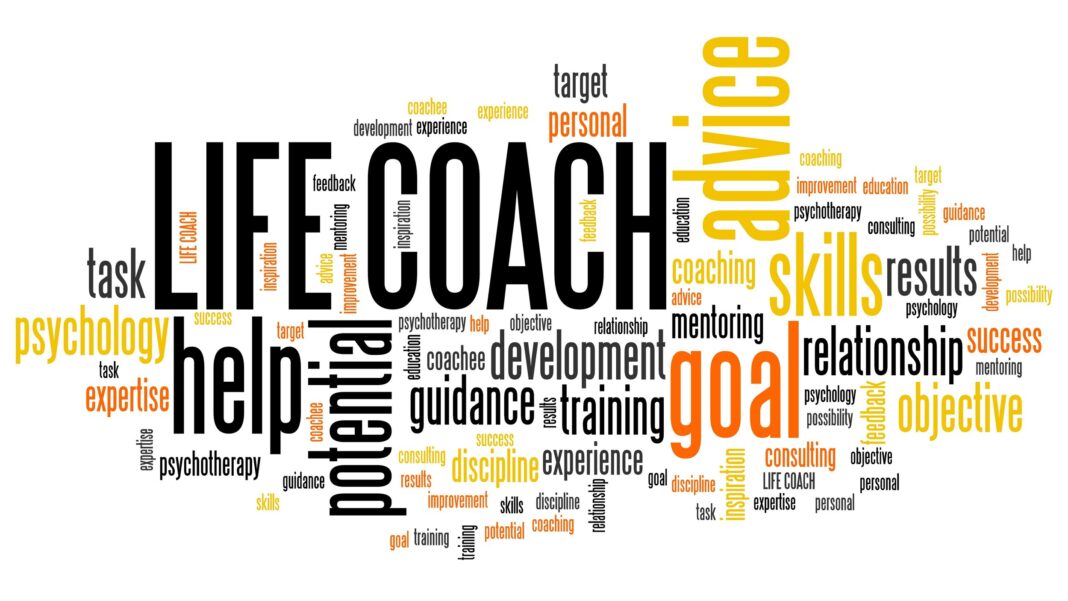Setting goals with a life coach isn’t just about writing a to-do list. It’s a guided, structured process that aligns your ambitions with action. Whether you’re working with a certified coach or pursuing a Life Coaching Certification, understanding how to set meaningful, achievable goals is key to lasting growth.
This post offers a step-by-step look at how life coaches help clients clarify their direction, stay accountable, and guide them towards their personal transformation, one goal at a time.
Step 1: Understanding Your Starting Point
Before setting goals, a life coach helps you assess where you currently stand. What challenges are you facing? What have you already tried? What drives or limits you?
Many people realise their surface-level goals often stem from deeper needs. Someone may say they want to “switch careers,” but discover they seek purpose or autonomy. A skilled coach uses thoughtful questions to help surface these insights early on.
Step 2: Clarifying What You Want and Why
Once you understand your current situation, the next step is to define what you want to achieve. Whether the goal is broad like “build confidence” or specific like “complete a task in three months,” it must come from your inner motivation.
The “why” behind a goal is just as important. A goal connected to your values is more likely to keep you committed. Life coaches help explore this “why,” so the motivation isn’t just strong. It’s sustainable.
Step 3: Making Goals SMART
A key step is turning your goal into a SMART one: Specific, Measurable, Achievable, Relevant, and Time-bound.
For instance, instead of “get healthier,” a coach might guide you to say “walk 30 minutes a day, five days a week, for three months.” This makes your plan clear and trackable.
SMART goals reduce the chance of overwhelm. Breaking them into weekly milestones makes it easier to stay on track while building confidence through steady wins.
Step 4: Identifying Obstacles and Strengths
Goals rarely come without challenges. During coaching, you’ll examine what might block progress, like habits, limiting beliefs, time issues, or even fear.
At the same time, you’ll look at your strengths and resources. A coach might help you realize you already have support networks or untapped skills that can help. This makes your action plan more resilient and realistic.
Changing how you see challenges is also part of the work. For example, a demanding job might feel like a barrier to personal goals. A coach could help you reframe that challenge as an opportunity to improve time management.
Step 5: Creating a Personal Action Plan
Once your goal is clear and obstacles are mapped, it’s time to build an action plan. Unlike vague to-do lists, a coaching-based plan is structured and aligned with your personal pace.
You’ll work with your coach to break goals into smaller, time-bound steps. These actions are realistic, achievable, and monitored consistently. Whether it’s journaling, scheduling workouts, or applying to jobs, these tasks bring momentum.
Coaching plays a critical role here. Many people abandon goals when things get tough. Coaches help keep you accountable and motivated—not through pressure but support, insight, and perspective.
Step 6: Measuring Progress and Celebrating Wins
You can’t improve what you don’t track. Life coaches help you measure both external progress (like completing a task) and internal growth (like reduced anxiety or increased confidence).
Setbacks are normal. A coach’s job isn’t to eliminate them, but to help you learn from them. If you missed a weekly target, for example, the focus turns to understanding what changed and how to adjust.
Small wins matter. Whether it’s sticking to a habit for a week or trying something new, celebrating these moments helps reinforce your commitment and builds long-term motivation.
Step 7: Evolving with Your Goals
As life changes, your goals might too. A coach helps you recognize when your goals no longer align with your values or situation, and supports you in refining or replacing them.
This flexibility is one of the biggest advantages of working with a coach. Rather than rigidly pursuing outdated targets, you continue to grow in the direction that feels right for you.
A Note on Becoming a Coach
Many professionals today explore the idea of guiding others through similar growth journeys. That’s where programs offering Life Coaching Certification come in. These equip aspiring coaches with the structure, techniques, and tools needed to help others set and reach meaningful goals, while undergoing their own transformation.
Conclusion
Setting goals with a life coach is a journey grounded in clarity, action, and continuous reflection. With the proper support, even the most ambitious goals become manageable. It’s not just about what you achieve but how you grow along the way.
For those considering a coaching path themselves, institutions like Symbiosis Coaching provide the training foundation to guide others with the same confidence and structure that make coaching so impactful.







